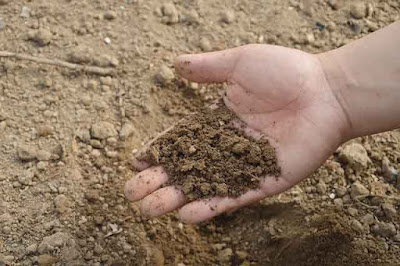Along with the coming of April come more garden tasks. Here are some suggestions organized by region.
If you didn’t get around to it last month, take a soil sample and send it to your nearest County Extension Service office for testing. It amendments are required, add them.
Northeast
Sow cool-season vegetables and flowers.
Divide perennials if they’ve grown too thickly..
Remove some of the mulch that you laid on thickly in fall so new perennial growth can emerge easily, but check your weather forecasts to see if severe cold is coming before doing this.
Begin to harden off cool-season veggies and flowers that you started earlier.
Complete maintenance of your garden tools.
Mid-Atlantic
Prune your roses and shrubs that produce on new wood before it’s too late.
Finish planting trees, shrubs, perennials and fruits if danger before hot weather sets in.
Add compost to your garden.
Plant your flower beds with summer annuals.
Mid- and Lower South
Direct-sow vegetable seeds in your gardens and raised beds.
Plant those vegetable and herb sets.
Add compost to your garden.
Fertilize roses.
Prune azaleas and camellias when they’ve finished blooming.
Spray for citrus scale in southern-most areas.
Midwest
Plant and divide perennials.
Fertilize roses.
Turn your compost pile.
Remove some of the mulch applied last fall so new growth can emerge.
Plant trees, shrubs and vines.
Pacific Northwest
Divide perennials.
Plant summer-blooming bulbs, perennials and perennial vegetables.
Add compost to your garden beds.
Fertilize your roses.
Plant bare-root and container grown shrubs and trees.
Continue pest control in your orchard.
West Coast
Fertilize trees, shrubs and roses.
Plant summer-blooming bulbs, perennial and root vegetables.
Add compost to your garden.
Prune roses and shrubs that bloom on fresh wood.
Remove excess mulch.
Refresh mulch, if necessary.
Southwest
Plant summer-flowering bulbs.
Plant outdoors vegetables and warm season annuals.
Add compost to your garden beds.
Hawaii
Spray for citrus scale.
Fertilize shrubs and trees.
Continue weed control.









